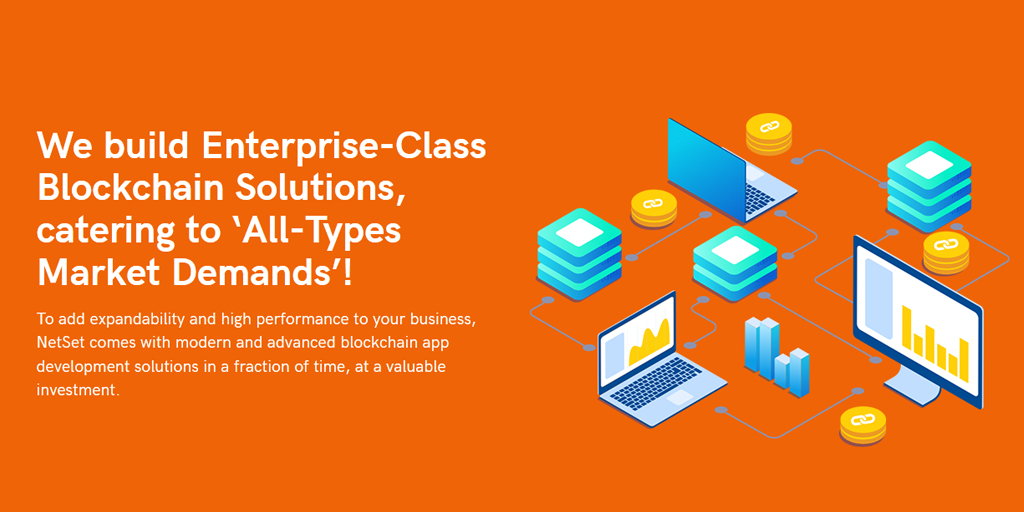Work Smarter: How Task Management Software Improves Productivity
Discover how task management software improves productivity by streamlining workflows, enhancing team collaboration, and reducing workplace stress. Learn key benefits and selection tips.

In todays fast-paced work environment, staying organized is more critical than ever. Missed deadlines, forgotten tasks, and chaotic workflows can hinder performance, but the right tools can make all the difference.Task management software improves productivityby bringing structure to your work, ensuring nothing falls through the cracks. Whether you're a solo professional or part of a large team, these tools help you work smarter, not harder. In this article, well explore how task management systems enhance efficiency, reduce stress, and help teams achieve more in less time.
Why Task Management Software Matters
Juggling multiple projects without a system leads to confusion and wasted time.Task management software improves productivityby providing a centralized platform to track, assign, and complete work efficiently.
1. Centralized Task Organization
-
No more scattered sticky notes or endless email threads
-
All tasks, deadlines, and files are stored in one place
-
Easy prioritization with drag-and-drop functionality
2. Clear Prioritization & Deadlines
-
Visual timelines (Kanban boards, Gantt charts) clarify whats urgent
-
Automated reminders prevent missed deadlines
-
Focus on high-impact tasks first
3. Improved Team Collaboration
-
Assign tasks with clear ownership
-
Real-time updates keep everyone aligned
-
Reduced need for status meetings
Read also: 5 Benefits of Using Task Management Software for Improved Productivity
5 Ways Task Management Software Improves Productivity
1. Eliminates Time Wasted on Manual Tracking
Switching between spreadsheets, emails, and notes is inefficient. A dedicated tool:
-
Automates task logging
-
Tracks time spent on projects
-
Reduces administrative overhead
2. Reduces Mental Load & Stress
Trying to remember every task drains cognitive energy. These tools:
-
Provide a clear action plan
-
Free up mental space for deep work
-
Minimize last-minute rushes
3. Enhances Accountability & Transparency
-
See whos working on what
-
Monitor progress without micromanaging
-
Identify bottlenecks early
4. Streamlines Remote & Hybrid Work
-
Async updates keep distributed teams in sync
-
Cloud access from any device
-
Integrates with video calls & messaging apps
5. Provides Data for Continuous Improvement
-
Analyze completion rates & cycle times
-
Identify recurring delays
-
Optimize workflows over time
Choosing the Right Tool
Not all task managers are equal. Key features to look for:
1. Intuitive Interface
-
Minimal learning curve
-
Mobile-friendly design
2. Customizable Workflows
-
Adapts to your processes (SCRUM, Agile, etc.)
-
Custom labels & statuses
3. Integration Capabilities
-
Connects with email, calendars, and other tools
-
API for custom automation
Read also: Top 5 Task Management Tools for Small Business Efficiency
Real-World Impact: Case Study Snapshot
A marketing agency reduced missed deadlines by 40% after implementing task management software. Key results:
-
Projects delivered 25% faster
-
Team satisfaction scores rose by 30%
-
Clients reported better communication
Conclusion
The evidence is clear:task management software improves productivityby bringing order to chaos. From solo entrepreneurs to enterprise teams, these tools help users focus on meaningful work instead of administrative busywork. By implementing the right system, youll not only meet deadlines more reliably but also create space for innovation and strategic thinkingthe true hallmarks of working smarter.










































